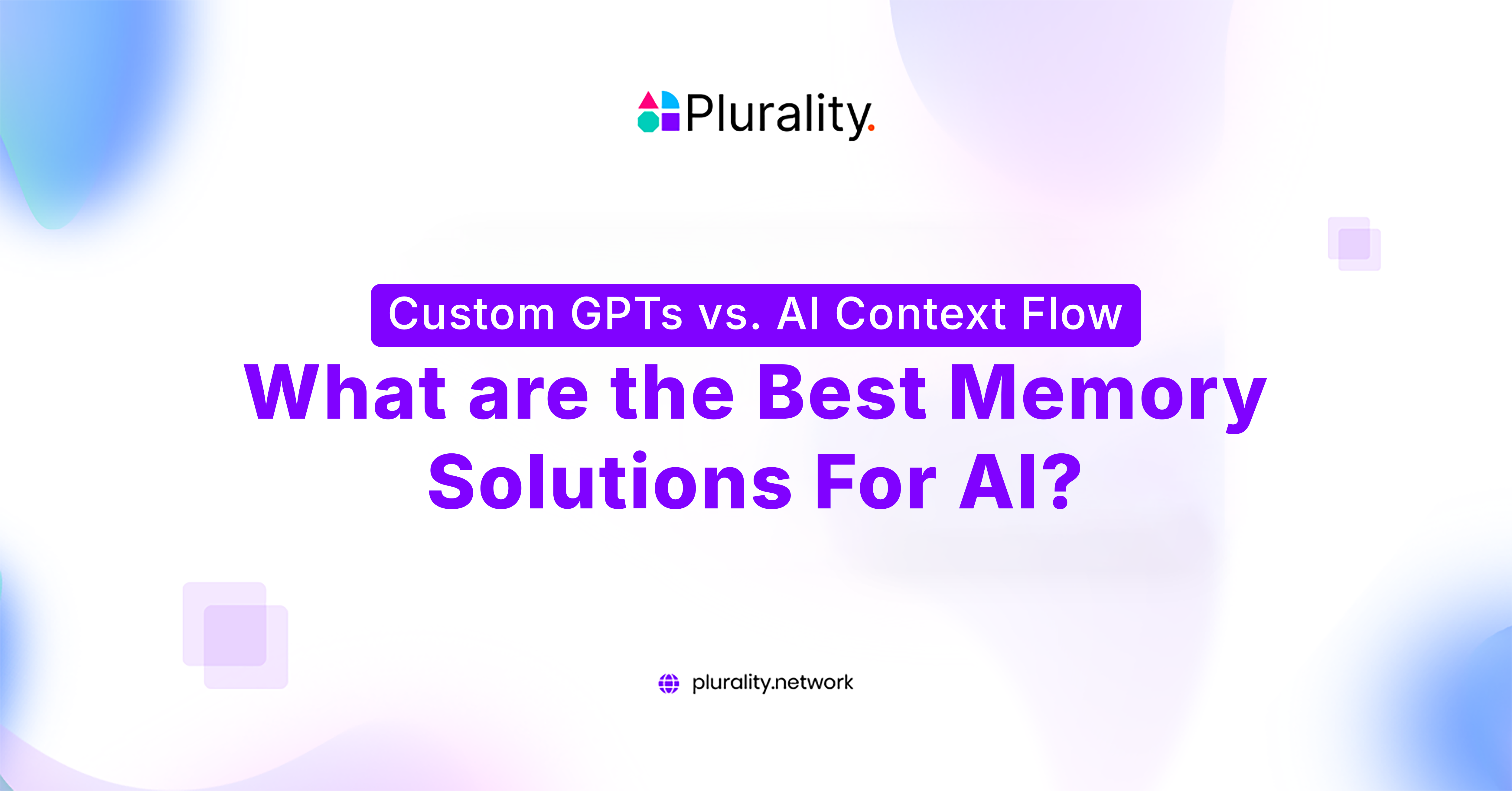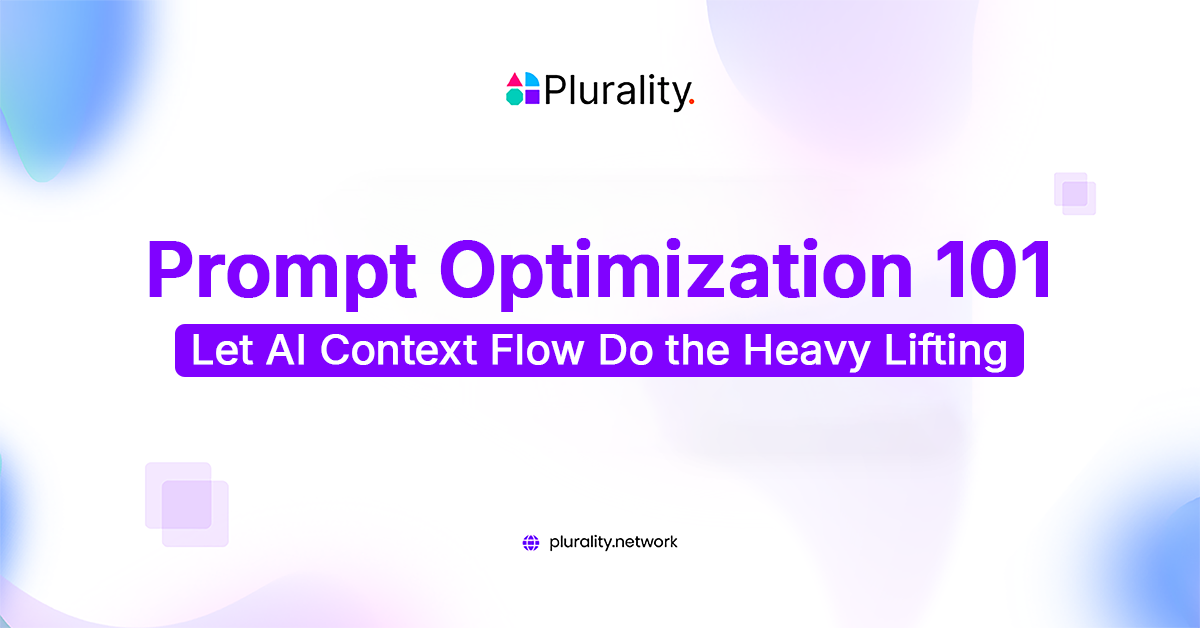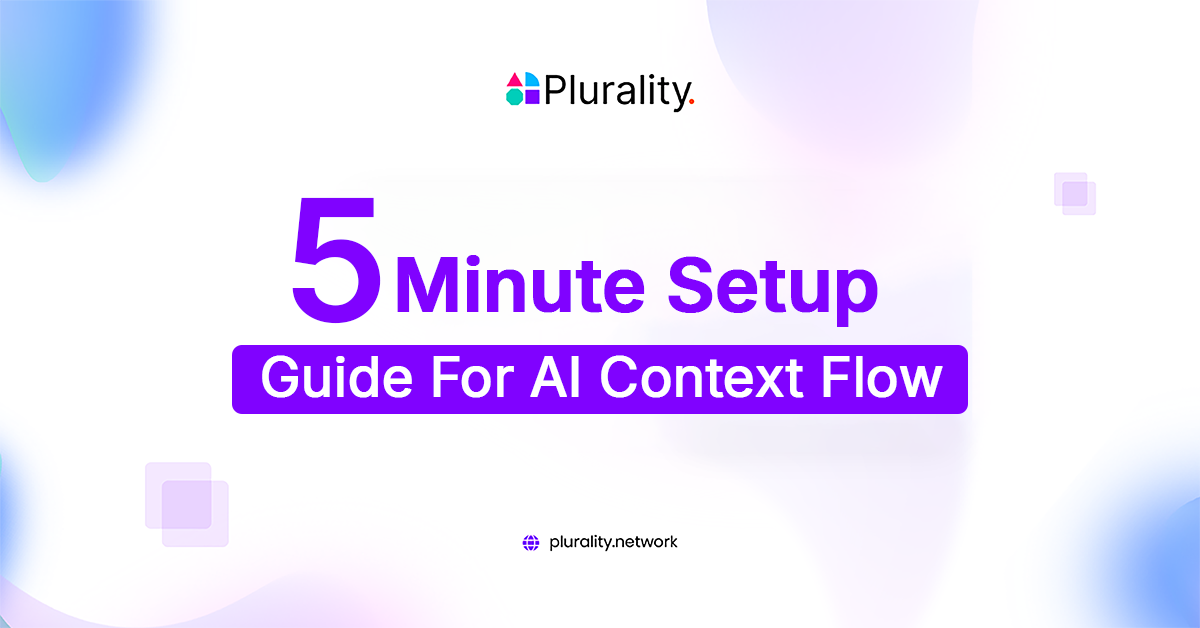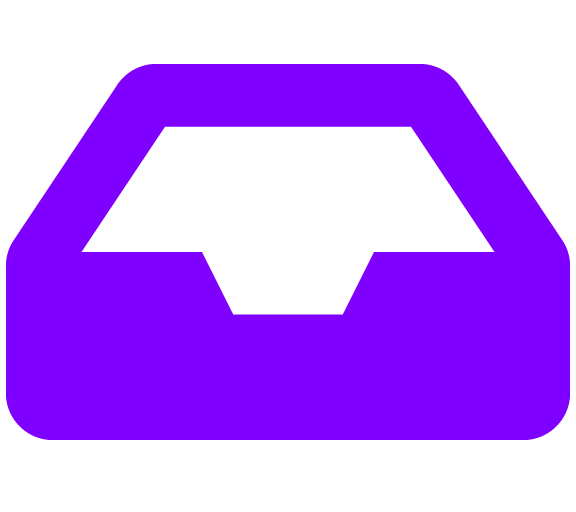The Role of Wallet Abstraction and Chain Abstraction in Enhancing UX in Web3
By Alev • February 20, 2025
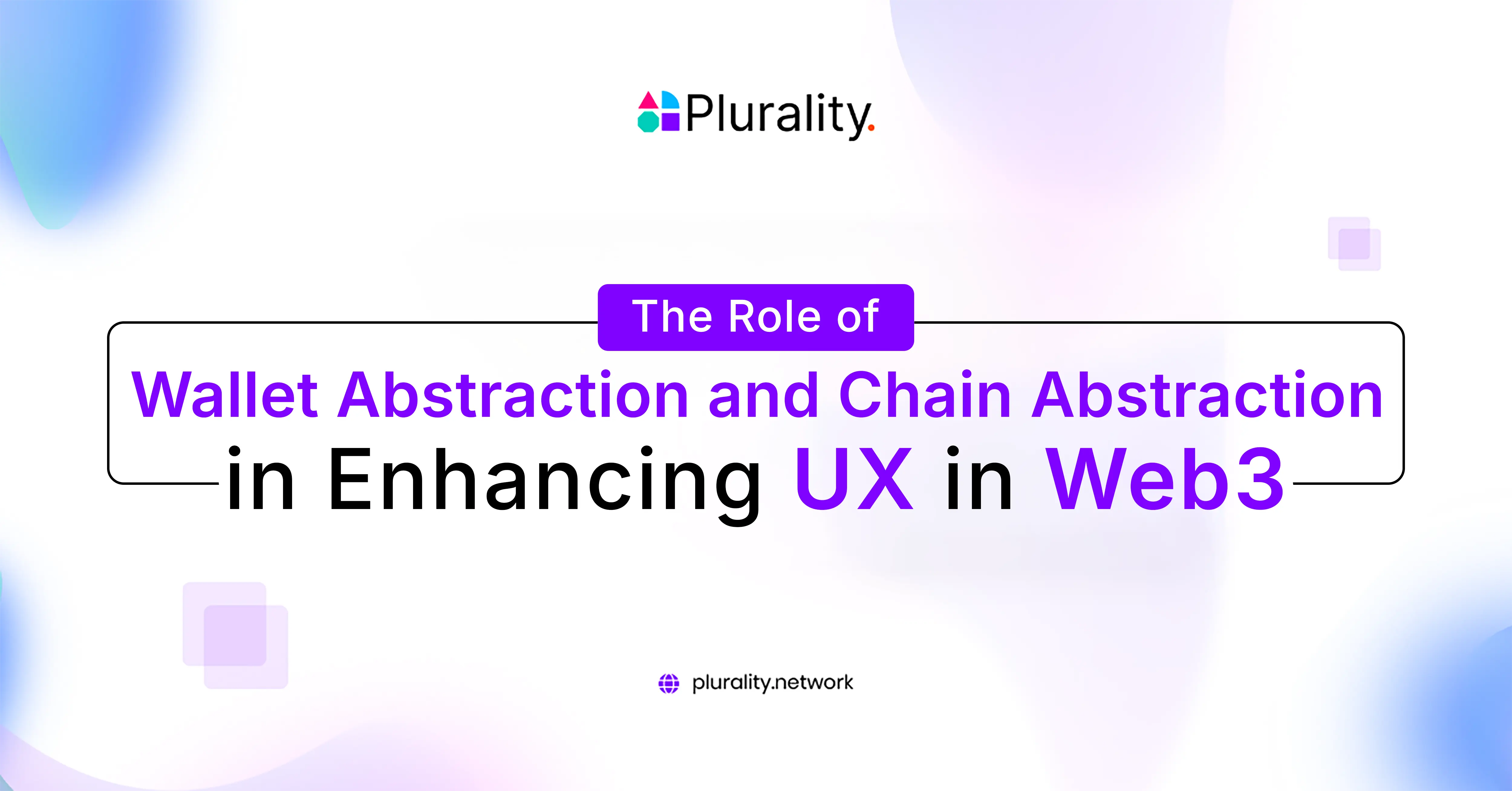
The Web3 ecosystem is undergoing many transformations, but the most persistent issues are seamless onboarding and accessibility. Currently, the wallets have complicated setup processes, and switching the blockchains is so discomforting. Imagine that while opening a dApp, you need to figure out how to create a wallet, or if you already have one, then which wallet to connect to, which tokens you need to pay the gas, and which chain you need to be on. This is exactly what inconvenience looks and sounds like.

This friction, we believe, is the sole reason mass adoption remains a challenge. To solve this frictional issue, wallet abstraction simplifies the interactions and improves usability. It ensures that users do not juggle with multiple cryptographic keys and manually transact on multiple blockchains. Using wallet abstraction tech like MPC-TSS, web3 platforms can offer seamless authentication, gasless transactions, and enhanced security without compromising decentralization.
So far, users have struggled with cumbersome wallets, confusing network settings, and the ever-present fear of losing access to their funds, but Smart Profiles redefine user experience by automating account management, reducing technical complexities, and enabling a frictionless entry into the decentralized ecosystem through creating wallets using your socials so you don’t have to worry about key management or recovery. One key takeaway from the latest developments is that wallet abstraction and chain abstraction solve these problems by removing unnecessary friction, allowing users to interact with decentralized applications (dApps) effortlessly.
The core belief is that for web3 to scale and pivot towards mass adoption, then usability has to be prioritized over anything else without going away from the roots of decentralization principles. So, smart profiles are next-gen wallets that combine user data and cross-chain compatibility with a wallet to enhance accessibility and user experience to enhance accessibility and user experience.
Understanding Web3 User Experience (UX)
Web3 represents a shift from traditional digital interactions by introducing decentralized applications (dApps) built on blockchain technology. Web2 is all about convenience; centralized platforms handle data storage, security, and account recovery for you. Web3 is all about you having control over your digital identity and assets. That’s highly awesome for security and privacy, but it comes with a tradeoff: complexity. Managing private keys, remembering seed phrases, switching networks, and paying unpredictable transaction fees can be overwhelming for newbies.
For Web3 to truly take off, it needs to match the Web2 vibe without sacrificing privacy or decentralization. Users want fast, frictionless experiences; logging in, making transactions, and navigating dApps should be as simple as tapping a button. Right now, Web3 requires extra steps for even basic actions and is less intuitive. The solution? Smart design, automation, and data and identity solutions that remove the hassle, making Web3 as user-friendly as possible.
What is Chain Abstraction?
For the end user, chain abstraction is all about making blockchain interactions as easy as possible. Right now, using different blockchains means switching networks and handling multiple native tokens, which is basically a headache for users. Chain abstraction removes all that hassle so people can interact with dApps and digital assets without having to think about the underlying blockchain mechanics.
By using interoperability protocols and smart contract automation, chain abstraction enables cross-chain transactions and unified identity solutions. So users can access blockchain-based services without technical hurdles. Web3 has become more intuitive and accessible. Instead of blockchain fragmentation, users get a unified experience where transactions flow seamlessly regardless of the network behind the scenes.
What is Wallet Abstraction?
Wallet abstraction takes the complexity out of blockchain wallets and makes them more user-friendly while keeping them secure and decentralized. Traditional wallets require users to manage private keys and seed phrases; losing them will cause you to lose access to your funds forever. And every transaction needs manual approval, so the experience is clunky.
With wallet abstraction powered by MPC-TSS, users can use their emails or Gmail to keep access to their wallets, so the hassle of storing seed phrases or private keys disappears. Users can have passwordless authentication, gasless transactions, and seamless access to dApps, all without juggling multiple accounts. Features like social recovery, multi-factor authentication, and programmable transactions bring Web3 closer to the experiences that users are used to from Web2. By removing technical friction and increasing security, wallet abstraction plays a big role in making blockchain accessible to everyone, not just crypto nerds.
Key Challenges in Web3 User Experience
One of the biggest challenges in Web3 UX is the complexity of managing wallets and digital identities. Unlike Web2 accounts that can be recovered through email or phone verification, Web3 wallets rely on cryptographic keys. Not only that, losing a private key often means losing permanent access to funds, but you are also broke all of a sudden.

This technical barrier discourages mainstream adoption and creates a steep learning curve for newcomers. Additionally, users must maintain multiple wallets for different blockchains, further complicating interactions across dApps.
Another issue is blockchain fragmentation. Different blockchains operate with distinct consensus mechanisms, native tokens, and network fees, requiring users to manually configure settings and acquire different assets to interact with them. High gas fees and unpredictable transaction costs add further friction, making Web3 interactions costly and confusing. These technical complexities need to be abstracted away for a smoother onboarding experience.
Enhancing Web3 UX through Wallet and Chain Abstraction
To overcome these challenges, wallet abstraction and chain abstraction simplify how users interact with decentralized ecosystems. Wallet abstraction streamlines wallet management by allowing users to access dApps without worrying about private key storage or multiple accounts. Instead of dealing with seed phrases, users can authenticate with secure, smart contract-based account abstraction wallets (AA wallets) that support social recovery and automated security mechanisms.
Chain abstraction ensures users can seamlessly interact across multiple blockchains without needing to manually switch networks or hold multiple native tokens. Instead of requiring users to configure different blockchain settings, smart cross-chain identity solutions like Plurality’s Smart Profile provide a unified digital identity, enabling transactions and authentication across various protocols effortlessly. These innovations make Web3 more intuitive, bringing it closer to the user-friendly experiences of Web2 while preserving decentralization principles.
Conclusion
“Web3 is racing toward mass adoption, and a seamless UX is the only way to get there.”
The best solutions to mitigate these complexities are chain and wallet abstraction. They not only streamline interactions but also reduce friction to enhance web3 accessibility. If integrated appropriately, there is no friction for the users, and it is a win-win situation.
Smart profiles take the hassle out of Web3 by cutting down the need to manually switch networks and simplifying wallet management. With advancements in account abstraction wallets and decentralized identity solutions, Web3 is getting closer to the Web2 vibe while still delivering the security, privacy, and true digital ownership that make it so powerful.
